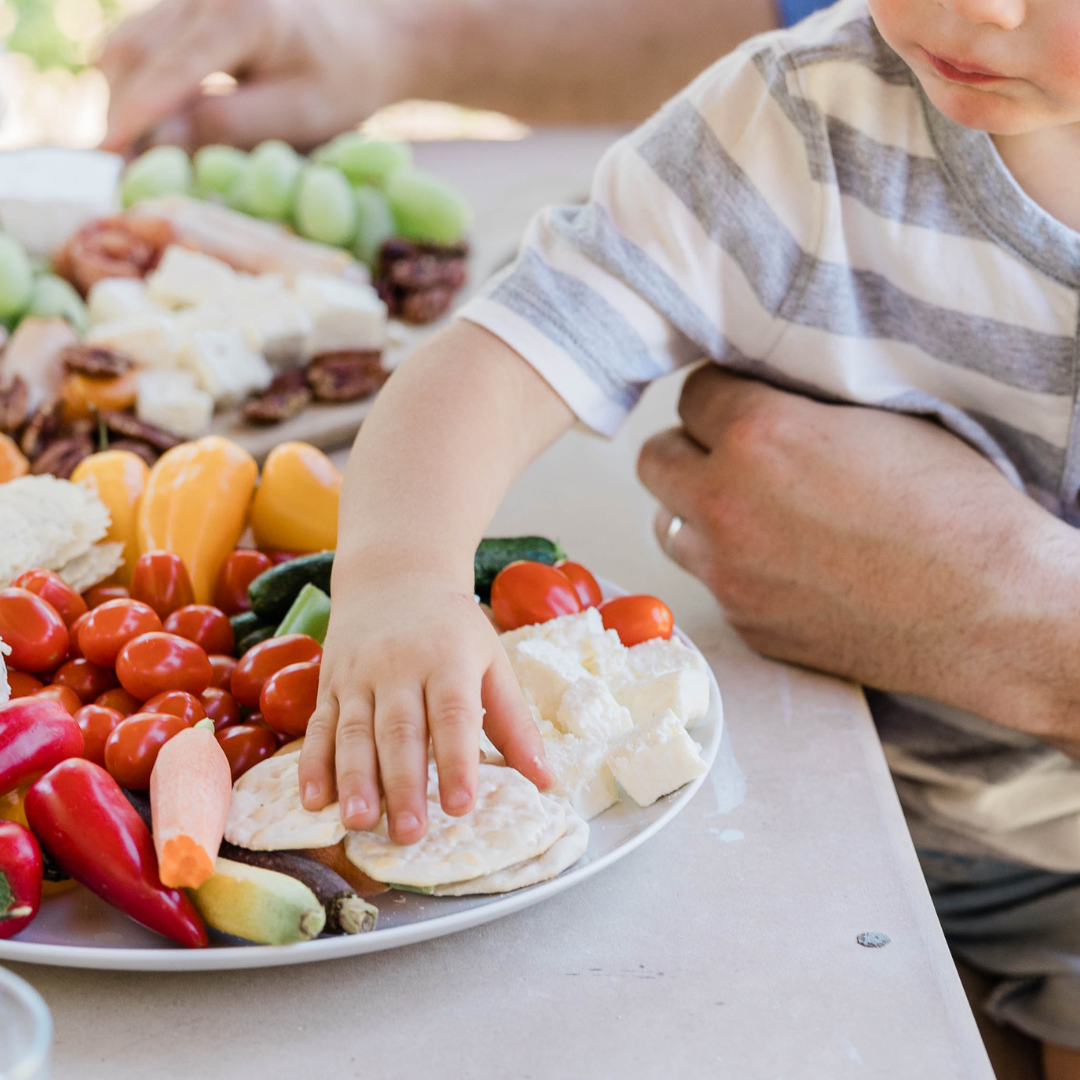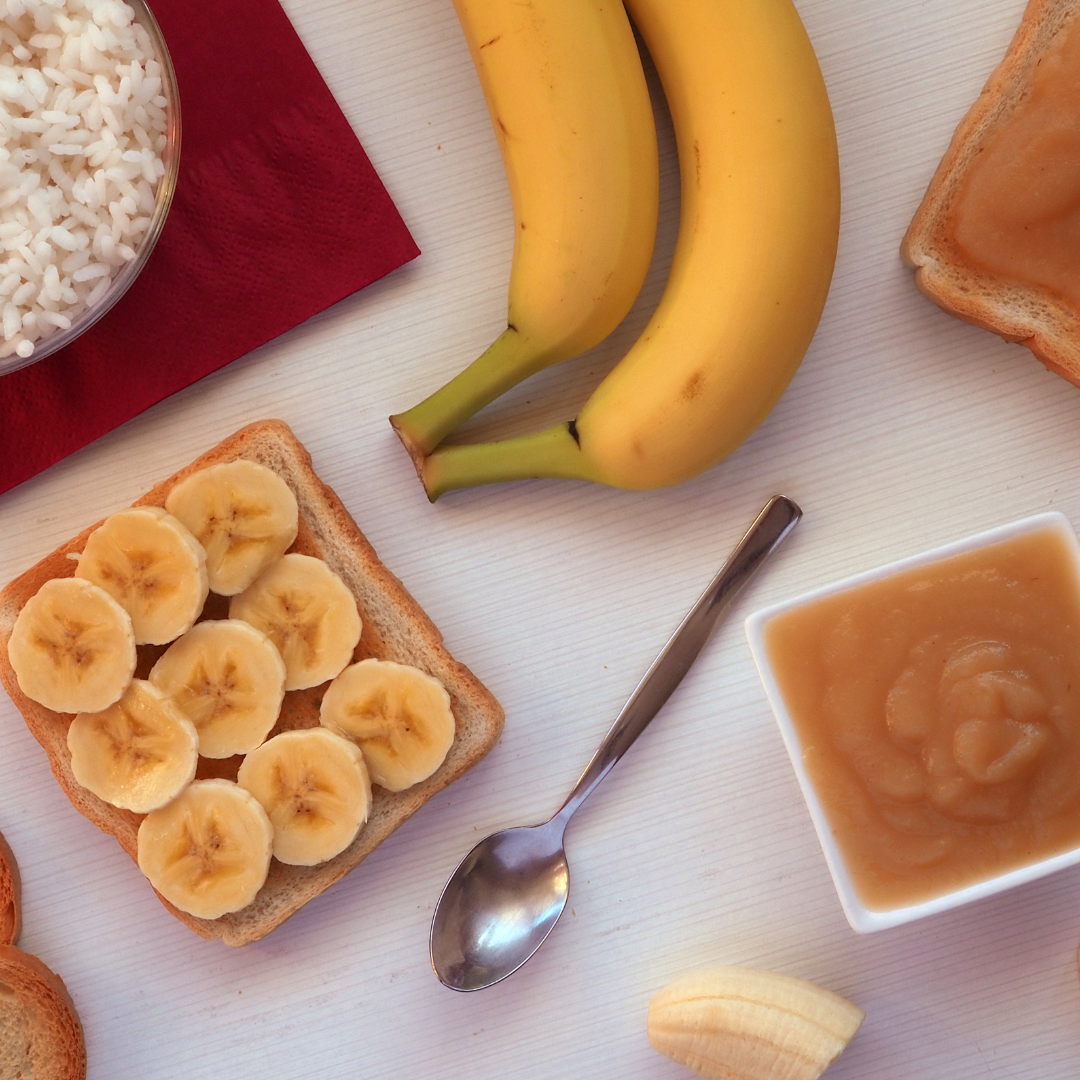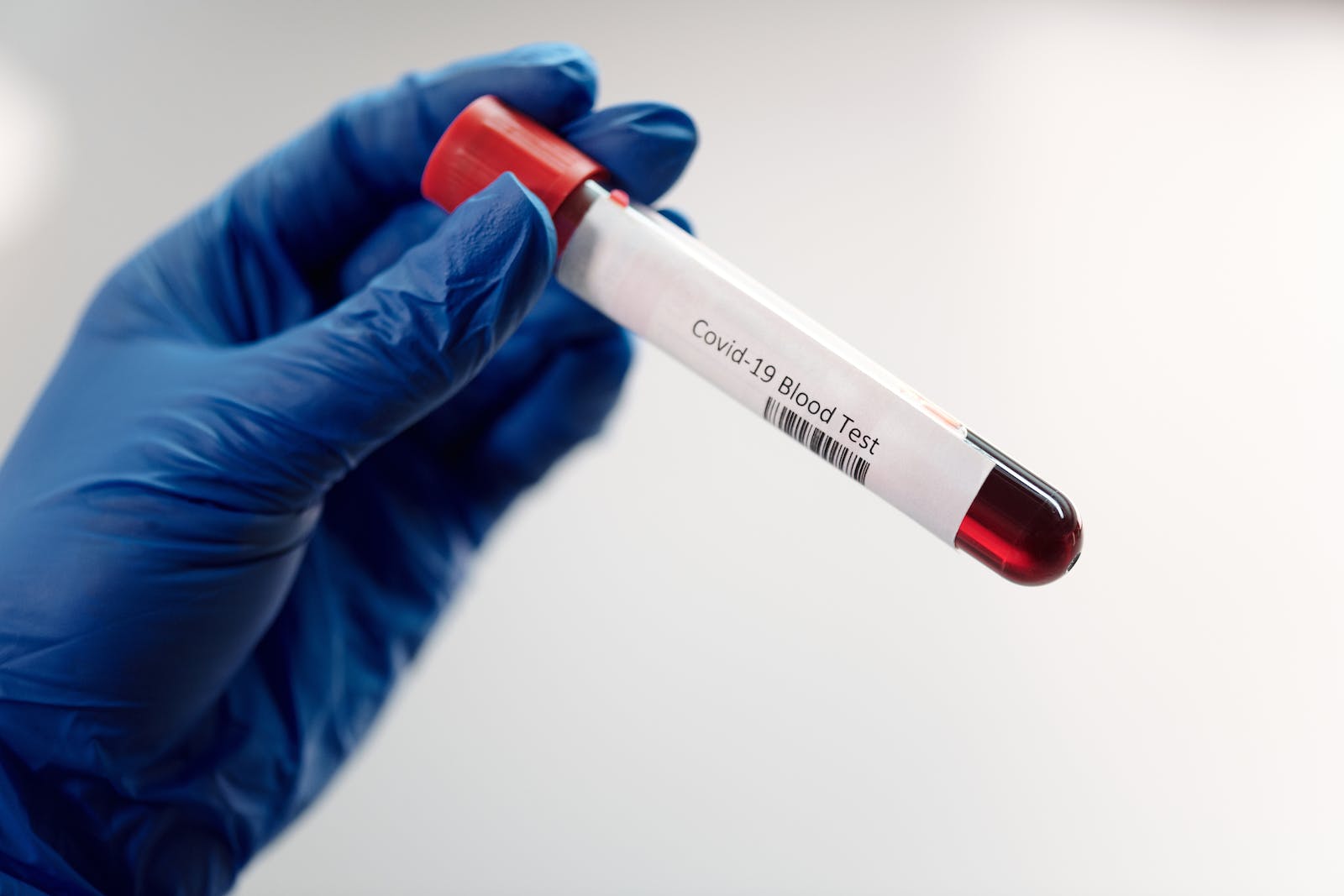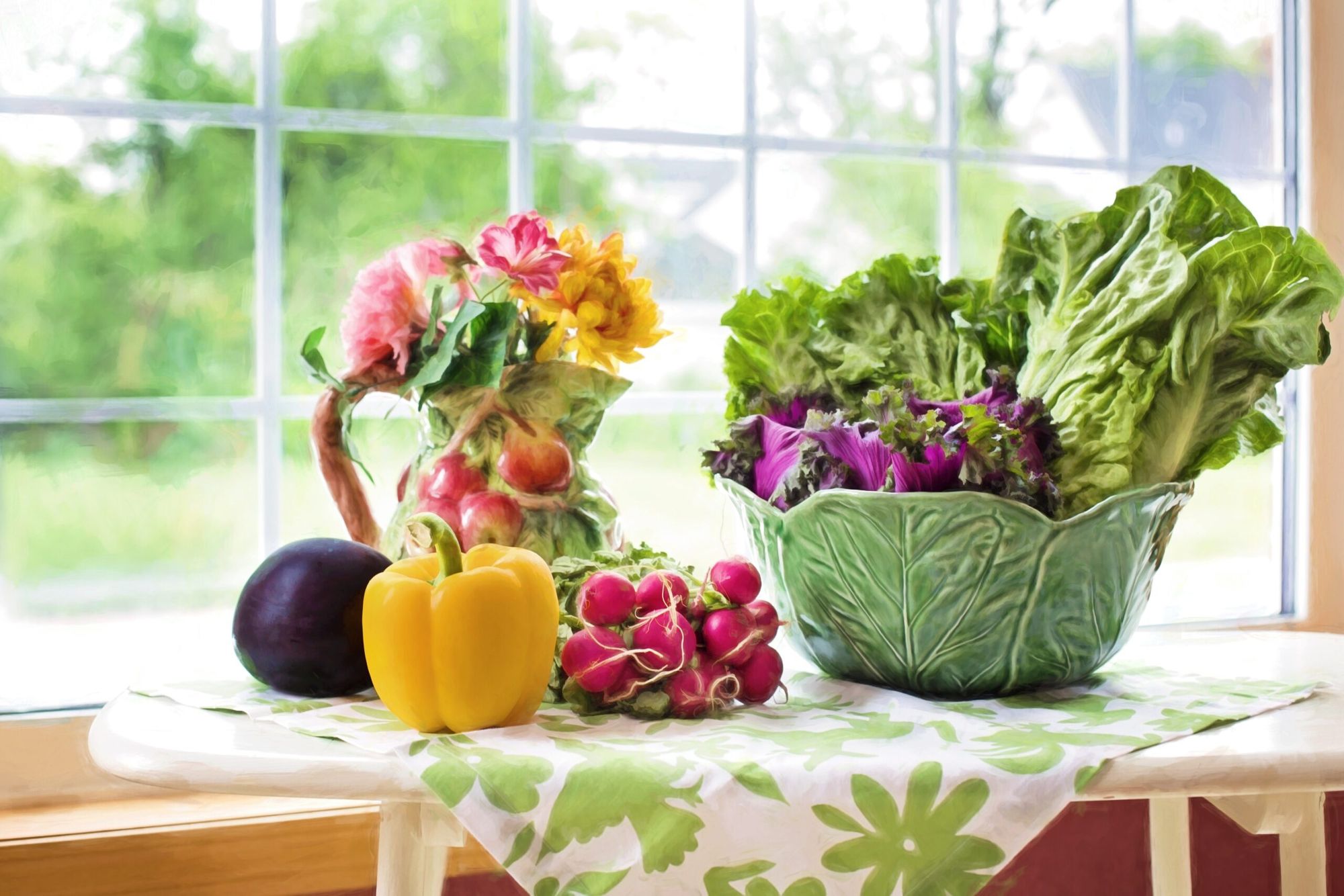
We all know that a healthy, well-balanced diet includes fruits and vegetables, but cruciferous vegetables might be the most important ones of all. Certain vegetables such as cruciferous vegetables pack more of a nutritional punch than other veggies.
The CDC recommends healthy adults consume almost twice the amount of vegetables as fruit. While both fruits and vegetables contain high amounts of fiber and vitamins, fruit contains more sugar and carbs than vegetables do, which is why you need to watch how many slices of pineapple you eat.
Furthermore, there is a subclass of vegetables that might reap even more health benefits than others: cruciferous vegetables. These colorful, hearty and nutritious vegetables contain an impressive host of vitamins, minerals and importantly, antioxidants.
Some people have a higher toxin generation speed than average. If you happen to have a higher toxin generation speed, adding more cruciferous vegetables to your diet could be a major help. One way to find out about your toxin generation speed is by taking a DNA test from CircleDNA.
During phase II of the body’s detoxification process, harmful chemicals are broken down to be more water soluble. This makes it possible for them to take the form of bile or urine, and pass through your body. Some studies suggest that a diet high in cruciferous vegetables may aid your body’s detoxification process by adding molecules called isothiocyanates, which promote phase II detoxification.
So, what vegetables fall into this category of ‘cruciferous vegetables’, and what other health benefits might you gain by adding them to your diet?

What Are Cruciferous Vegetables?
Cruciferous vegetables belong to the Brassicaceae family of vegetables and are characterized by their unique smell, crunchy texture and somewhat bitter, almost ‘spicy’ taste. This is due to the presence of glucosinolates, which are compounds containing sulfur and likely serve to protect the plant from diseases and pests. During chewing and digestion, glucosinolates are broken down further to produce other compounds, notably indoles and isothiocyanates (among others) which may fight off certain cancers.
Cruciferous vegetables are rich sources of vitamins, minerals and antioxidants and are an integral part of a healthy, balanced diet. Many can be eaten raw, but because of their tougher exterior, they are easier to eat once cooked. What’s more, cruciferous veggies contain high amounts of fiber, making them a good choice for people trying to reduce their caloric intake as fiber-rich foods keep you feeling fuller for longer.
Some common cruciferous vegetables are:
- Broccoli
- Cauliflower
- Kale
- Collard greens
- Watercress
- Arugula
- Wasabi and horseradish
- Radishes
- Cabbage
- Turnips and rutabaga
- Kohlrabi
- Bok choy
- Brussel sprouts
Health Properties of Cruciferous Vegetables
Cruciferous veggies hold an abundance of vitamins. Dark green cruciferous vegetables especially, such as kale and collard greens, contain high amounts of vitamin A, aka retinol or retinoic acid. This nutrient is important for cell division and immune protection. Other colorful cruciferous veggies contain beta-carotene, a nutrient that your body converts to vitamin A after consumption.
High amounts of lutein and zeaxanthin, antioxidants that help protect your eyes from UV damage, are also found in most cruciferous veggies, as are vitamins C, E and K. Finally, pregnant women would benefit from a diet that includes plenty of cruciferous vegetables due to their high level of folate.
If you’ve noticed how colorful or especially green cruciferous vegetables are, that’s due to the presence of phytonutrients. Like glucosinolates, phytonutrients are a defense mechanism used by plants against insects and disease, but they also provide antioxidant support for humans.
Phytonutrients help rid the body of the toxins and carcinogens we are exposed to when we eat grilled or well-done meat or are around second-hand smoke, for example. According to The National Cancer Institute, there is some evidence to suggest that the compounds in cruciferous vegetables lower the likelihood of cancer developing in animal tests, but the results on human trials have been mixed. However, if your Circle DNA test results revealed that you have increased toxin generation speed, you might benefit from a diet high in cruciferous vegetables.
Cancer-Fighting and Anti-Inflammatory Properties of Cruciferous Vegetables
While many factors contribute to the rates of cancers, researchers have looked into possible cancer-fighting compounds present in vegetables of the cruciferous family. According to one studyconducted in 2007, “a small clinical trial found that the consumption of 250 g/d (9 oz/d) of broccoli and 250 g/d of Brussels sprouts significantly increased the urinary excretion of a potential carcinogen found in well-done meat, namely 2-amino-1-methyl-6-phenylimidazo[4,5-b] pyridine (PhIP)”. And while people who had a diet high in cruciferous vegetables did tend to have lower rates of cancer, it’s unclear whether or not that was a direct result of cruciferous vegetables specifically or just a byproduct of eating a well-balanced diet rich in many fruits and veggies. Nevertheless, isothiocyanates and indoles, which cruciferous veggies have in plenitude, “have been implicated in a variety of anticarcinogenic mechanisms.” Risks of lung andcolorectal cancers specifically seemed to decrease in those who consumed cruciferous vegetables.
What’s more, cruciferous vegetables also contain anti-inflammatory properties, suggesting that “previously observed health benefits of cruciferous vegetable consumption may be partly associated with the anti-inflammatory effects of these vegetables”, according to this study.
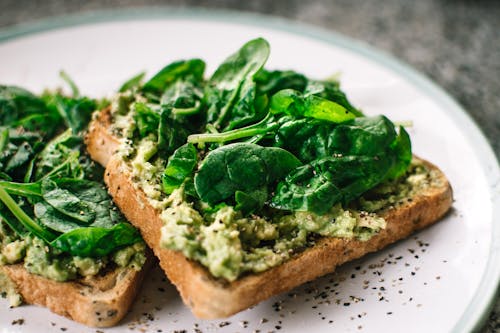
How to Include More Cruciferous Veggies in Your Diet
Cruciferous vegetables are very versatile and can grow well even in mild climates, as long as there is adequate sun exposure. Below are some easy ways you can add them to your diet:
- Toss a handful of kale into a smoothie. The spicy/bitter taste is masked by adding a sweet banana or sweet berries such as blueberries or raspberries.
- Add some bite to a simple salad by including arugula and watercress.
- Pickle radishes to add to a sandwich or hamburger. Radishes are easy to grow and have a short germination stage.
- Add turnips or rutabaga to your mashed potatoes.
- Make this easy cruciferous veggie coleslaw. Since the leaves are so hearty, there’s no need to keep the dressing separate from the salad.
- Roast a batch of seasoned cauliflower, broccoli and brussel sprouts in your oven to keep in the fridge for an easy side dish. Add these roasted veggies to your meal prep routine.
- Swap regular rice for cauliflower rice in this risotto recipe.
Possible Side Effects From Eating Too Many Cruciferous Vegetables
We know cruciferous vegetables are very healthy, but can you overdo it when you’re eating them? Folate (vitamin B-9) is a paramount ingredient for a healthy pregnancy, as it aids in healthy cell growth and helps form healthy red blood cells, as well as contributes to healthy brain and spine formation in utero. Both mother and child would benefit from a diet high in cruciferous veggies during pregnancy as well as breastfeeding. However, there are some drawbacks to eating too many cruciferous vegetables.
For one thing, cruciferous vegetables contain high amounts of raffinose, a sugar that can’t be digested until it’s fermented by certain bacteria in your gut. Some people experience gas and bloating after eating too large a portion of cruciferous vegetables, cooked or uncooked. One way to combat this is to add lemon juice to the recipe or pair your veggies with a meal that’s low in fat, which would speed up the digestion process and allow gas to travel quickly through your digestive tract.
Cruciferous veggies produce thiocyanate when broken down. Thiocyanate inhibits iodine transport, which can in turn cause problems associated with thyroid diseases such as Grave’s disease. A study done in 2010 suggested a possible link between the presence of thiocyanate and iodine consumption to thyroid cancers.
Most people won’t consume enough cruciferous vegetables to experience this problem. A salad at lunch and a side of roasted veggies at dinner won’t cause you any problems, and you’ll reap all the health benefits of cruciferous vegetables.
To find out the optimal diet plan for you, based on your DNA, read your customized diet and nutrition reports from CircleDNA.


